In the ancient shadows of Earth’s distant past, massive creatures thundered across changing landscapes, navigating seasonal challenges in epic journeys that rivaled modern wildlife migrations. Paleontologists have uncovered compelling evidence that many dinosaur species embarked on regular migratory patterns, traveling impressive distances in search of food, breeding grounds, and favorable climates. These prehistoric migrations reveal fascinating insights into dinosaur behavior, physiology, and the ancient ecosystems they inhabited. By examining fossil records and trackways, and applying our understanding of modern animal migration, scientists continue to piece together the remarkable story of dinosaur migration—a phenomenon that helped these extraordinary creatures dominate Earth for over 165 million years.
Evidence of Dinosaur Migration in the Fossil Record
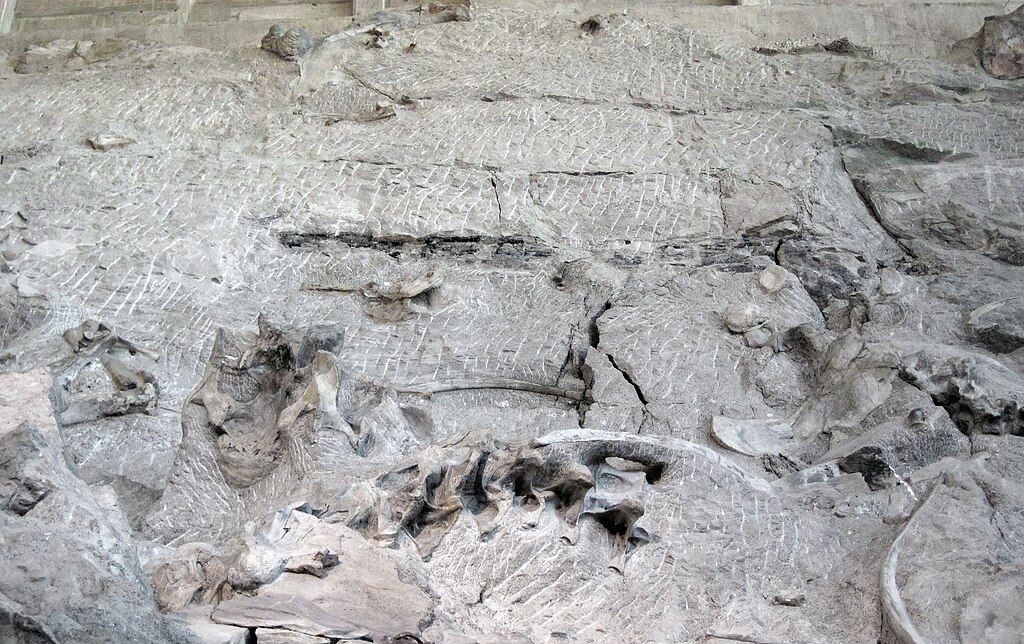
The concept of dinosaur migration isn’t merely theoretical—it’s supported by tangible evidence preserved in the fossil record. Paleontologists have discovered massive bone beds containing thousands of specimens from the same species, suggesting these animals died together during seasonal journeys. The Two Medicine Formation in Montana, for instance, revealed a vast collection of Maiasaura remains, indicating these duck-billed dinosaurs traveled in herds. Isotopic analysis of fossil teeth and bones provides another line of evidence, as the chemical composition can reveal changes in diet and water sources consistent with movement across different habitats. Perhaps most compelling are the extensive trackway sites found across multiple continents, showing directional movement of large groups of the same species, essentially preserving ancient dinosaur highways frozen in stone.
The Remarkable Distances of Hadrosaur Migrations

Duck-billed dinosaurs, or hadrosaurs, appear to have been among the most impressive migrators of the Mesozoic era. Studies of Edmontosaurus fossils from the Late Cretaceous period suggest these plant-eaters may have traveled hundreds of miles annually between feeding grounds. Research published in the journal Paleobiology indicates some hadrosaur populations migrated seasonally between what is now Alaska and Alberta, Canada—a round trip exceeding 2,000 miles annually. This rivals the longest migrations of modern land mammals, such as caribou. The physical evidence comes from growth patterns in fossil bones and teeth that show seasonal variations in food availability, suggesting these dinosaurs followed predictable routes dictated by plant growth patterns and climate shifts. Their specialized dental batteries, perfect for processing large quantities of vegetation, would have supported their need to consume varied plant matter across different ecosystems during these epic journeys.
Sauropod Migration Patterns and Range

The long-necked sauropods, Earth’s largest land animals, faced unique migration challenges due to their immense size and enormous nutritional requirements. Evidence from fossil sites across the Morrison Formation in the western United States suggests that giant sauropods like Diplodocus and Apatosaurus engaged in regional migrations spanning hundreds of miles. Their extraordinary body weight—sometimes exceeding 70 tons—required constant movement to find sufficient vegetation, as they likely depleted local resources quickly. Interestingly, isotope studies of sauropod teeth reveal seasonal variations in diet, supporting the hypothesis of regular movement between different habitats. Growth rings in fossilized bones, similar to tree rings, further indicate these dinosaurs experienced seasonal stress during migration periods. Unlike some other dinosaur groups, sauropod migration was likely dictated less by temperature fluctuations and more by following the seasonal availability of vegetation across semi-arid landscapes.
Tracking Theropod Movements Across Ancient Landscapes

Carnivorous theropod dinosaurs, including the famous Tyrannosaurus rex and its relatives, appear to have undertaken migrations that closely followed their prey species. Multiple fossil sites show evidence of predator-prey relationships where the remains of both herbivores and their theropod hunters are found together, suggesting these carnivores tracked the movements of their food sources. In the Prince Creek Formation of Alaska, fossils of Nanuqsaurus (a tyrannosaur relative) indicate these predators survived in polar regions during summer months when herbivore populations were abundant, potentially migrating southward during the darker winter period. Trackway evidence from the Early Cretaceous of Spain shows directional movement of medium-sized theropods, indicating purposeful travel rather than random wandering. For smaller theropods, migration may have also served as protection from larger predators, allowing them to exploit seasonal resources in areas temporarily abandoned by apex predators.
Climate as a Driving Force for Prehistoric Migrations

Climate fluctuations served as powerful motivators for dinosaur migrations, particularly for species living in higher latitudes where seasonal variations were pronounced. During the Mesozoic era, even polar regions experienced warmer conditions than today, but still underwent significant seasonal light and temperature changes that would have affected plant growth and food availability. Paleoclimate studies indicate the Late Cretaceous period featured distinct wet and dry seasons in many regions, which would have necessitated movement between different habitats as vegetation patterns shifted. Fossil evidence from Alaska’s North Slope shows diverse dinosaur communities thrived during summer months when the region received nearly continuous daylight, suggesting these animals must have migrated south during the darker winter period when plant growth ceased. Oxygen isotope analyses of dinosaur teeth further support this theory, revealing temperature-related signatures that change in patterns consistent with seasonal movements across different climate zones.
The Role of Breeding in Migration Decisions

Reproduction appears to have been a significant factor driving dinosaur migration patterns, similar to many modern animals that travel to specific locations for breeding. Extraordinary fossil sites containing thousands of dinosaur eggs and nesting structures, such as those found in Patagonia and Montana, suggest these locations served as communal breeding grounds that dinosaurs returned to seasonally. The famous “Egg Mountain” site in Montana has revealed hundreds of Maiasaura nests arranged in regular patterns, indicating these hadrosaurs returned to the same nesting grounds year after year, much like modern sea turtles. Growth patterns in juvenile dinosaur bones indicate many species synchronized their breeding cycles to coincide with seasonal resource availability, ensuring hatchlings emerged when food was abundant. For some species, migration may have also provided protection for vulnerable young by removing them from areas with high predator concentrations or harsh environmental conditions that could threaten the survival of the next generation.
Geological Barriers and Migration Routes

The physical geography of the Mesozoic world created both highways and barriers that shaped dinosaur migration routes. During much of dinosaur history, the continents were configured differently than today, with vast interior seaways sometimes bisecting landmasses and creating natural boundaries. The Western Interior Seaway that divided North America during the Late Cretaceous forced dinosaur populations to migrate along north-south corridors rather than east-west routes. Mountain ranges presented formidable obstacles, though fossil evidence suggests some dinosaur species navigated through mountain passes on seasonal journeys. River systems served as both barriers and migration corridors, with floodplains providing rich vegetation that attracted herbivores. Paleogeographic reconstructions combined with fossil distribution patterns allow scientists to map probable migration routes—such as the corridor between what is now Alaska and Alberta that supported hadrosaur migrations. These ancient highways were likely used by multiple species, creating complex ecological interactions as different dinosaur groups traveled along shared pathways.
Physical Adaptations for Long-Distance Travel
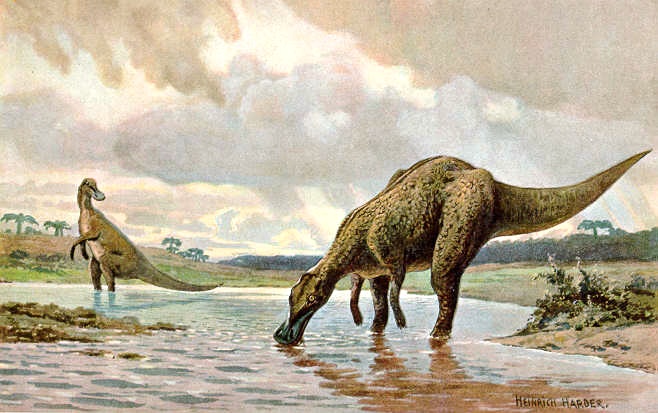
Dinosaurs possessed remarkable physical adaptations that enabled them to undertake long-distance migrations that would challenge even modern migratory animals. Many dinosaur species had highly efficient respiratory systems featuring air sacs similar to those in modern birds, providing superior oxygen processing capabilities necessary for sustained movement. The leg structure of many dinosaur groups, particularly the ornithopods and theropods, shows adaptations for efficient locomotion, with specialized muscle attachment points that would have supported endurance travel. Hadrosaurs, among the most prolific migrators, had flexible ankle joints and weight-bearing foot pads that would have withstood thousands of miles of travel over varied terrain. For larger sauropods, their column-like legs and energy-efficient walking gait made them well-suited for covering vast distances at slow but steady paces. Additionally, many migratory dinosaur species show evidence of high metabolism based on bone histology, suggesting they possessed the endurance and energy efficiency necessary for long journeys—physiological adaptations that would later reach their pinnacle in their avian descendants.
Social Dynamics During Dinosaur Migrations
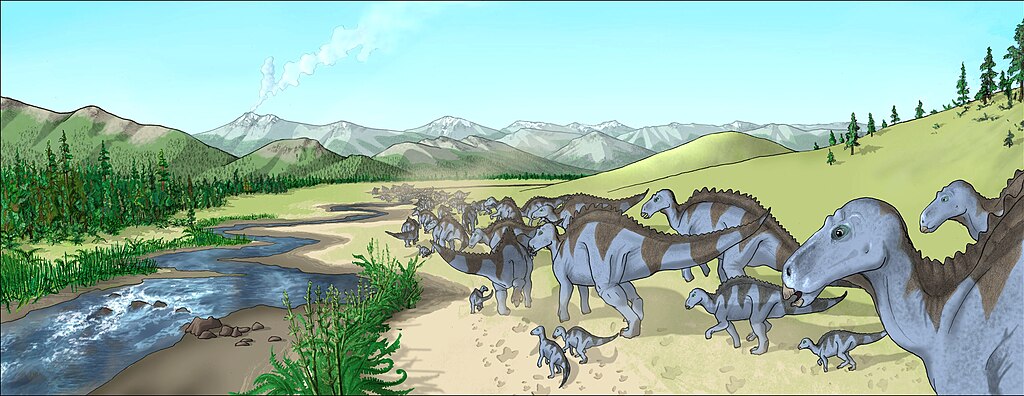
The social structure of dinosaur herds likely played a crucial role in their migration success, offering protection, navigation advantages, and knowledge transfer between generations. Trackway evidence from multiple continents shows many dinosaur species traveled in organized groups with larger adults positioned around juveniles—a protective formation still observed in modern elephants and other herd animals. These trackways often show consistent spacing between individuals, suggesting sophisticated social coordination during movement. In larger herbivores such as hadrosaurs and ceratopsians, fossil evidence indicates multi-generational herds traveled together, allowing younger animals to learn migration routes from experienced adults. For predatory theropods, some evidence suggests pack hunting during migrations, with coordinated movement patterns visible in some trackway sites. The fossilized remains of multiple Allosaurus individuals at the Cleveland-Lloyd Dinosaur Quarry may represent a catastrophic event that caught a migrating predator group, offering rare insight into carnivore social behavior during seasonal movements.
Comparing Dinosaur Migration to Modern Animal Journeys
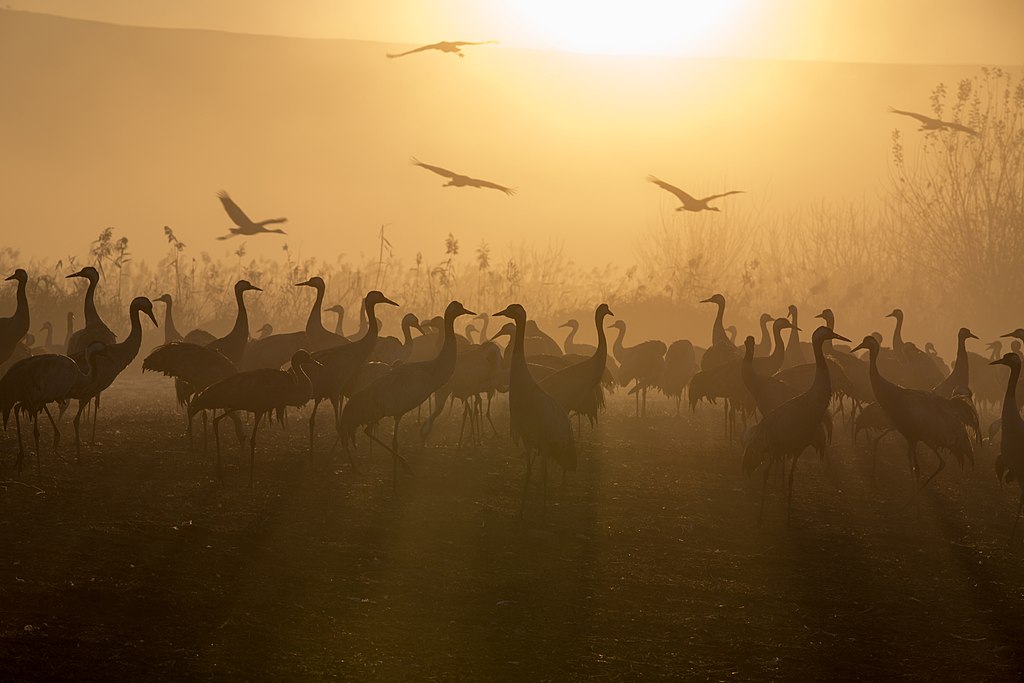
While separated by millions of years, dinosaur migrations share remarkable similarities with those of contemporary animals, suggesting certain ecological principles transcend time. Modern wildebeest in the Serengeti complete annual circuits of approximately 1,000 miles, comparable to distances some hadrosaurs likely traveled based on fossil distribution patterns. The seasonal movement of caribou between calving grounds and winter feeding areas parallels evidence of dinosaur breeding site fidelity and seasonal resource tracking. Bird migrations, particularly those of large species like cranes and geese, may most closely resemble the journeys of their dinosaurian ancestors, utilizing similar navigation techniques and weather patterns. Just as modern elephants create well-established migration corridors that influence entire ecosystems, dinosaur movements likely shaped ancient landscapes and plant distribution. The primary differences lie in scale—the continental configurations of the Mesozoic era created different geographical constraints, and the generally warmer global climate meant migrations were driven more by seasonal rainfall patterns and food availability than by temperature extremes that drive many modern migrations.
Technological Advancements Revealing Migration Secrets
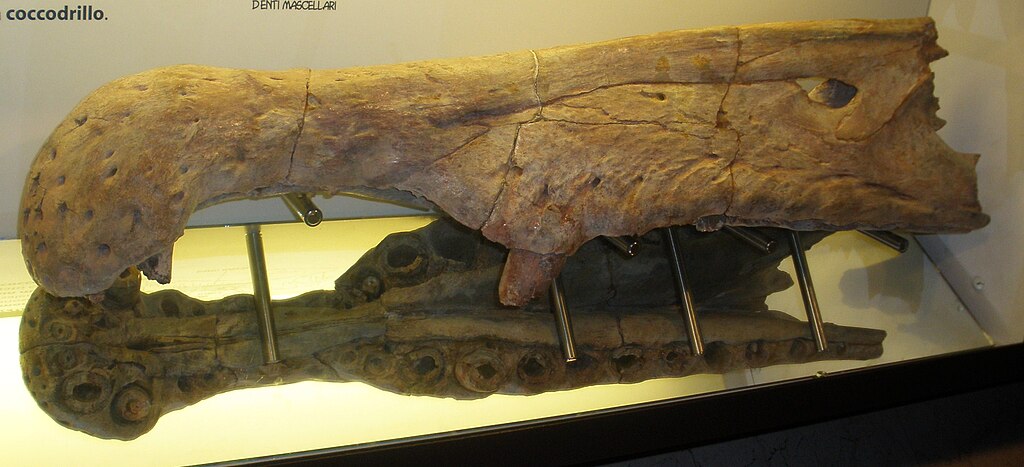
Revolutionary technologies have dramatically enhanced our ability to decode the migration patterns of animals that disappeared millions of years ago. Sophisticated isotope analysis of dinosaur teeth can now track seasonal changes in diet and water sources, essentially creating a chemical map of an individual’s movement throughout its lifetime. High-resolution CT scanning allows paleontologists to examine the internal structure of fossil bones without damaging specimens, revealing growth patterns that indicate seasonal stress during migration periods. Computer modeling of ancient landscapes, combined with biomechanical analysis of dinosaur locomotion, enables scientists to calculate energy expenditure and determine realistic migration distances for different species. Ground-penetrating radar has revealed previously hidden trackway sequences at depths that traditional excavation might miss, providing crucial directional data. Perhaps most promising is the application of machine learning algorithms to analyze vast databases of fossil occurrences, identifying patterns of seasonal appearance and disappearance across broad geographical regions—patterns that may represent the ghostly outlines of ancient migration routes traversed by dinosaurs for millions of years.
Extinction Events and Their Impact on Migration Patterns

The catastrophic events that punctuated dinosaur history periodically disrupted established migration patterns, forcing survivors to adapt their movements to dramatically altered landscapes and climates. The end-Triassic extinction event approximately 201 million years ago significantly reduced dinosaur diversity but allowed surviving species to expand into newly available ecological niches, likely establishing new migration corridors across Pangaea. As the supercontinent began fragmenting during the Jurassic period, dinosaur populations were increasingly isolated, requiring adaptation of migration routes to narrowing land bridges. Studies of fossil distribution before and after these events show changes in geographic range that likely represent shifts in migration patterns. The most dramatic disruption came with the end-Cretaceous asteroid impact 66 million years ago, which not only eliminated non-avian dinosaurs but fundamentally altered global ecosystems. The migration pathways that had been established over millions of years vanished in geological terms instantly, though some evidence suggests the earliest bird species—the surviving dinosaur lineage—adapted their ancestral migration behaviors to the post-impact world, preserving a behavioral echo of their extinct relatives.
Mysteries and Unanswered Questions About Dinosaur Migration

Despite significant advances in our understanding, numerous questions about dinosaur migration remain tantalizingly unanswered. Perhaps most fundamentally, scientists still debate how dinosaurs navigated across vast distances without modern sensory adaptations—did they use celestial cues like stars and the sun, follow magnetic fields as some modern birds do, or primarily rely on geographical landmarks and collective memory? The exact timing and triggers for migration initiation remain speculative—were movements primarily driven by innate biological rhythms or immediate environmental cues? For dinosaur species known from limited fossil material, their migratory behavior remains entirely unknown, creating significant gaps in our understanding of Mesozoic ecosystems. The migration behavior of juvenile dinosaurs presents another mystery—did young animals of all species travel with adults, or did some remain in nursery areas while parents migrated? For aquatic and semi-aquatic dinosaur species, potential water crossings during migrations remain largely unexplored. Perhaps most intriguingly, the question of whether some dinosaur species underwent true hibernation or estivation during seasonal extremes rather than migration continues to generate scientific debate, with physiological evidence for both possibilities appearing in the fossil record.
Conclusion
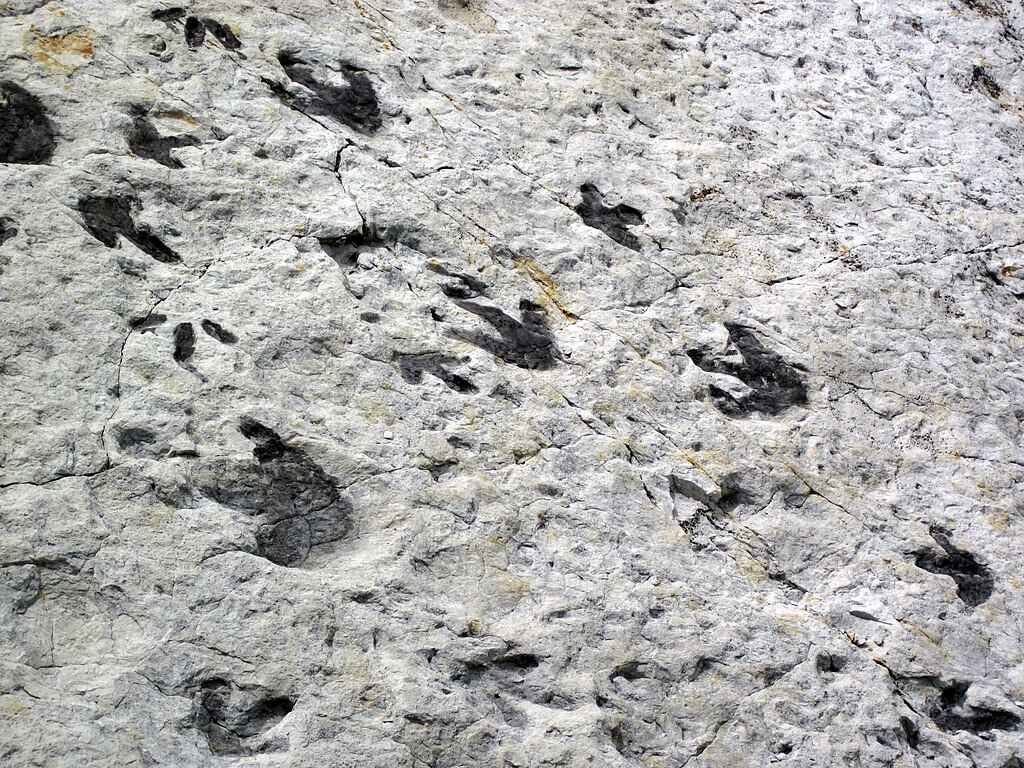
The great dinosaur migrations represent one of the most fascinating yet challenging aspects of prehistoric life for paleontologists to reconstruct. The evidence suggests these remarkable journeys covered immense distances—from several hundred to potentially thousands of miles annually for some species—through landscapes dramatically different from those of today. These migrations were not random wanderings but purposeful, adaptive behaviors that helped dinosaurs survive for over 165 million years through environmental challenges and climatic shifts. The migration patterns they established influenced the distribution of plant and animal life across ancient continents, shaped evolutionary trajectories, and created ecological relationships that persisted for millions of years. As research techniques continue to advance, each new discovery brings us closer to understanding the full scope and significance of these epic prehistoric journeys—movements that connect distant points not just in space, but in the vast expanse of evolutionary time.



